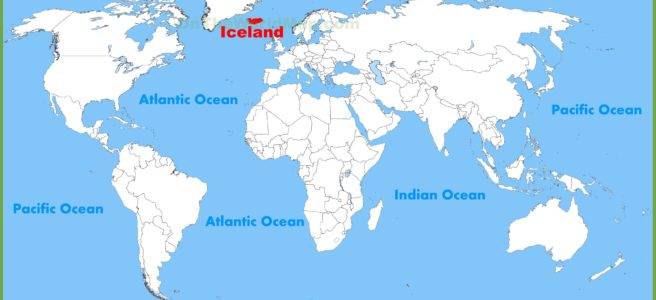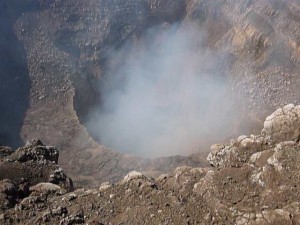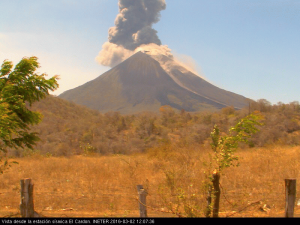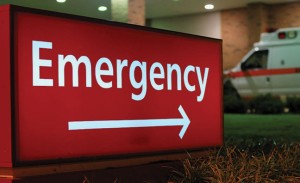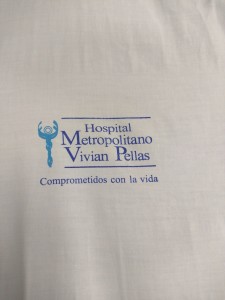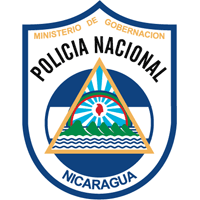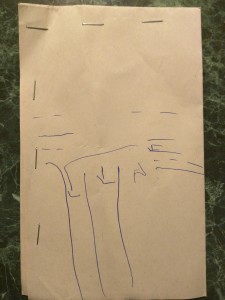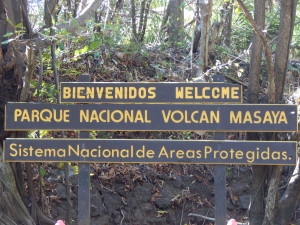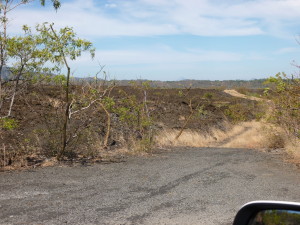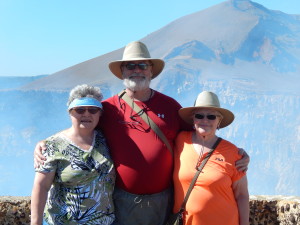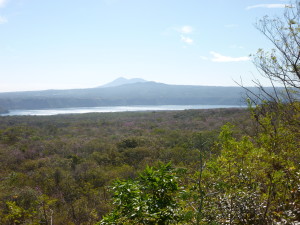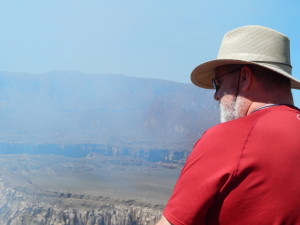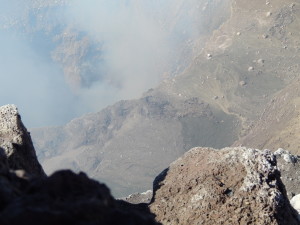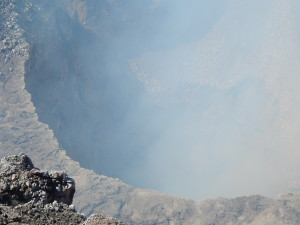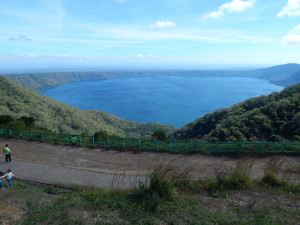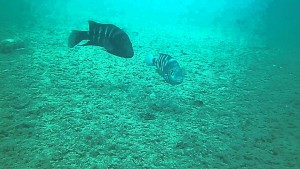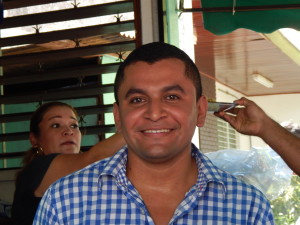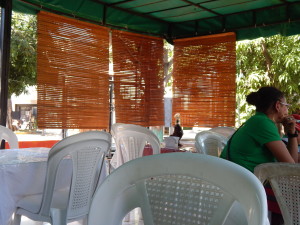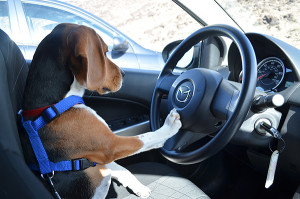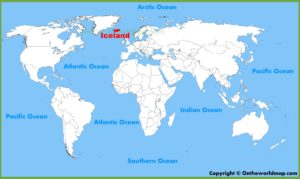 Travel is always exciting and it´s the unexpected that most often provides the “good stuff.” We are traveling to Reykjavik, Iceland, a mere 168 miles below the Arctic Circle, primarily to see the northern lights (aurora borealis). This is something on Heide’s bucket list, not mine, but I dutifully help carry the bucket! We left from Baltimore (BWI) on Monday, October 31 and will return on Sunday November 6. During that time we hope the weather cooperates and Mother Nature actually switches the northern lights on during our visit and the lights will be visible. No guarantees.
Travel is always exciting and it´s the unexpected that most often provides the “good stuff.” We are traveling to Reykjavik, Iceland, a mere 168 miles below the Arctic Circle, primarily to see the northern lights (aurora borealis). This is something on Heide’s bucket list, not mine, but I dutifully help carry the bucket! We left from Baltimore (BWI) on Monday, October 31 and will return on Sunday November 6. During that time we hope the weather cooperates and Mother Nature actually switches the northern lights on during our visit and the lights will be visible. No guarantees.
Now for the unexpected “good stuff” to start the trip. We weren´t even to the ticket counter yet (WOW Airlines…whole other story) when Heide started talking about things she took out of her purse for the trip that weren’t necessary. Suddenly, her light bulb went off and she realized that she had forgotten about the knife (as in weapon knife) she carries in her purse. It is not an ordinary pocket knife to clean your nails or open an envelope. Oh, no. Hers is a Smith & Wesson Special Ops Knife with a three-inch blade and four-inch handle (7+ inches of cold hard steel and aluminum) including the MAGIC assist open feature (i.e., one-handed spring assisted opening much like a switchblade). It is the typical knife anyone would expect their grandmother to be carrying in her purse… ! She was in a panic.
 I said, “Don´t take it out of your purse and flash it in the airport. Inform the TSA agent when we go through security that you have it in your purse and ask permission to take it out and hand it to him.” No surprises. We knew the knife was headed to TSA heaven.
I said, “Don´t take it out of your purse and flash it in the airport. Inform the TSA agent when we go through security that you have it in your purse and ask permission to take it out and hand it to him.” No surprises. We knew the knife was headed to TSA heaven.
When we approached the first TSA agent checking our credentials at the security screening, and being the soft-hearted, caring, compassionate husband that I am, I said to the agent, “I just want you to know up front that I have no idea who this lady is and have never met her before!”
He looked at tiny Heide, all 5 feet, 1 inch of her, and said, “Oh boy, I can hardly wait to hear this one…”
Heide presented her passport and boarding pass and, as he was checking her ID, she started to explain. “In the hurry to get packed for this trip I forgot I had something I shouldn´t in my purse.” (Stage direction: TSA agent raises eyebrows.) I, of course, recognizing the gravity of the situation and trying to be supportive, am practically rolling on the floor trying to not laugh out loud. She goes on to say, “I have a large pocketknife in my purse. May I reach in, take it out, and hand it to you.” (Stage direction: TSA agent, while still looking at the passport, raises hand and waves another agent over…safety in numbers I suppose.)
The second agent enters stage left and asks what the problem is. Heide restates the situation. As she starts to reach into her purse to show him, he said, “Leave it where it is. It will have to go through the X-ray screening.” Under watchful eye, Heide is then escorted to the screening area where she puts her backpack, purse, jacket, jewelry, shoes, etc. into the trays for screening. The Agent, while standing opposite her on the other side of the table, told her to retrieve ‘it´ from her purse and place it into a separate tray provided. He informed his colleauge at the scanning machine, “We have something here.” As she goes through the body scan, of course, she is then frisked completely.
I am still standing at the first TSA agent´s desk and, as he´s checking my passport and boarding pass (quite carefully I might add), he said, “Does she always carry that thing.’
I replied, “ Yep. She is surprisingly one tough little lady!” (Stage direction: TSA agent is smiling.) He said, “My thoughts exactly.” and waved me through.
And that, my friends, is how you start an exciting new trip to distant parts of the world ! More to come from Iceland…

